Singapore is a bustling metropolis known for its efficiency and innovation, and it’s no surprise that QR Codes have swiftly ascended to prominence.
From hawker centers to high-end boutiques, QR Codes have redefined the way Singaporeans interact with the world around them.
The rise of QR Codes in Singapore indicates a cultural shift towards a more connected and convenient future.
In this blog, we’ll discover how businesses in Singapore are using QR Code solutions and the remarkable impact they’re having on Singaporean society.
Let’s dive in!
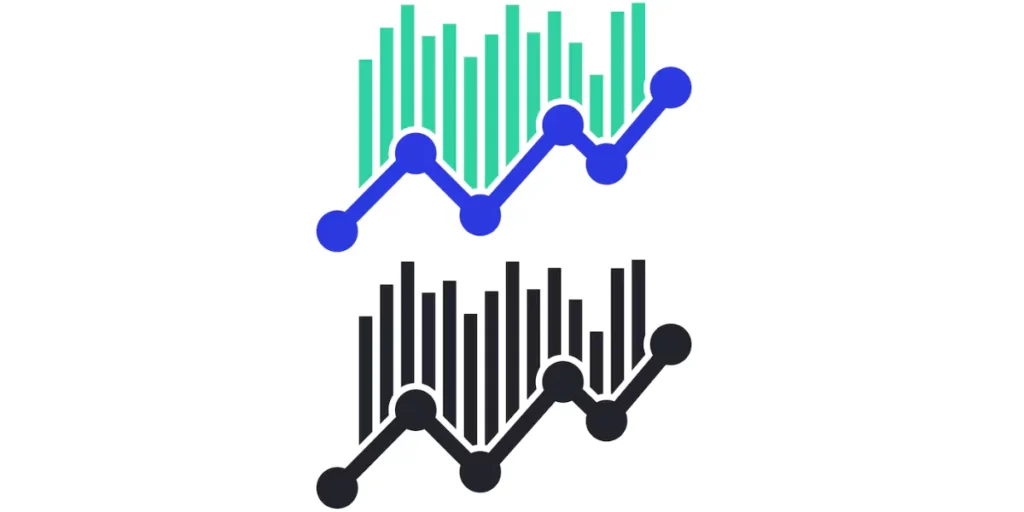
According to a survey in 2019, over 48% of Singaporeans between the age of 25-34 have used QR Codes as their payment method.
The government also encourages QR Code payments and during the covid pandemic, 64% of Singaporeans preferred QR payments.
The mobile payment market is expected to increase at a CAGR of 25% from 2021 to 2025.
1. Mobile payment adoption
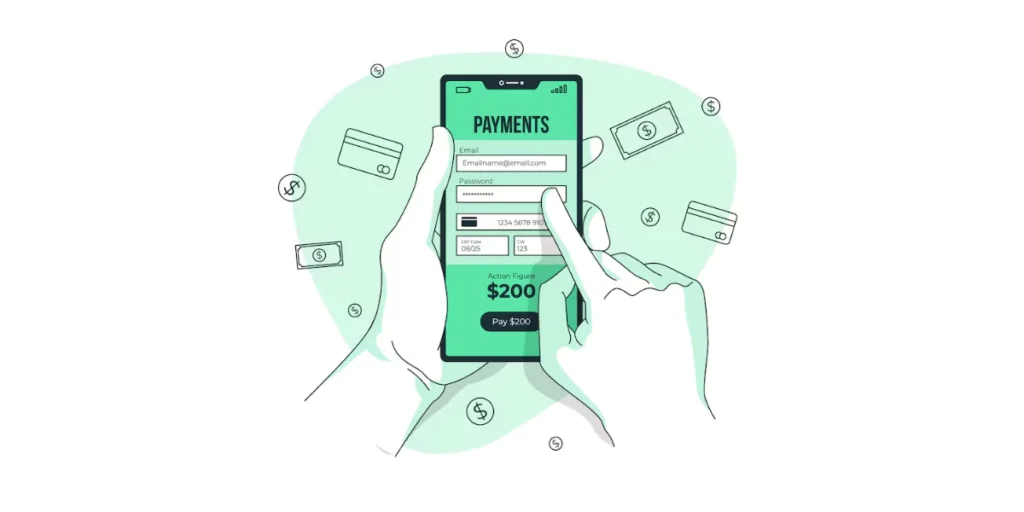
Visa made a report, in which it was found that Singapore leads the Asia-Pacific region in mobile payment adoption. 67% of consumers use mobile wallets or QR Code payments.
2. Merchant acceptance

In its report, the Monetary Authority of Singapore (MAS) states that there has been a significant increase in the number of merchants accepting QR Code payments. A 30% increase in 2020 alone indicates a rapid adoption among businesses.
3. Government support

As part of its Smart Nation plan, the Singaporean government has been actively encouraging payments using QR Codes. Businesses are being encouraged to implement QR Code payment systems through the introduction of various schemes and incentives.
4. Consumer preferences

According to a Nielsen survey, 73% of Singaporean consumers found QR Code payments easy because of its quickness and simplicity of usage.
36 percent of respondents to a September 2021 poll on consumer payment behavior in Singapore said they had utilized QR Code payment methods in 2021. This indicates a marginal rise from the year prior.
Source: Statista
Here’s how Scanova’s QR Code Generator helped similar businesses:

5. COVID-19 impact

The COVID-19 pandemic hastened the introduction of contactless payment systems, such as QR Codes, as customers look for more hygienic and secure ways to make purchases. According to an Ipsos survey, 64% of Singaporeans used contactless payments more frequently during the outbreak.
6. Market growth

According to research by Frost & Sullivan, QR Code payments will be the main driver of Singapore’s mobile payment market’s continued development at a compound annual growth rate (CAGR) of over 25% from 2021 to 2025.
B. How Singapore’s government and businesses are using QR Codes
1. Streamlining tourists’ entry to the country
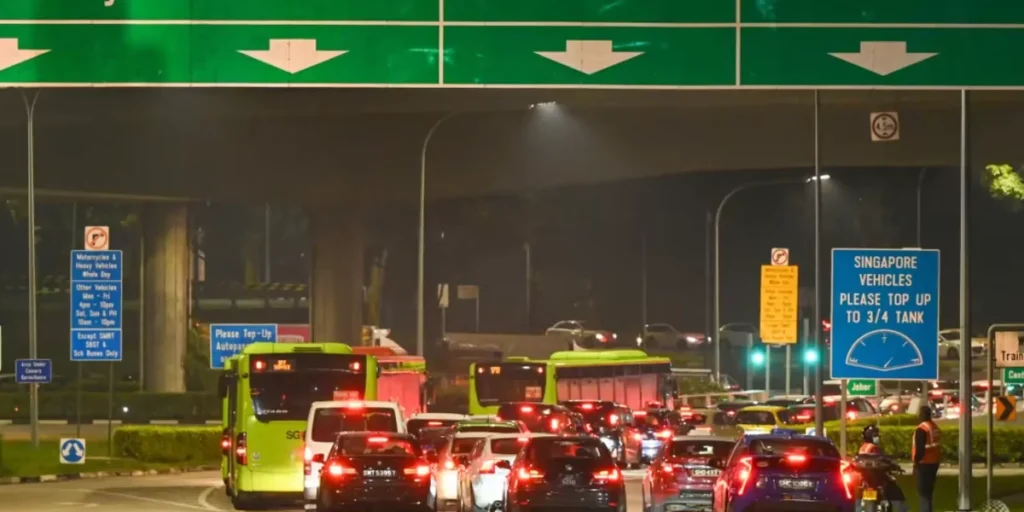
A new method being implemented in Singapore will enable drivers to enter the nation through two land crossings using a QR Code rather than a standard passport.
Starting March 19th, 2024, visitors passing through the Woodlands and Tuas checkpoints can create a single QR Code before they arrive, which would expedite the clearance process for all passengers in the car. This announcement was made by the country’s Immigration & Checkpoints Authority.
“This means that instead of handing their passports to the Immigration & Checkpoints Authority (ICA) officer at the car counter, they will only need to have scanned a single QR Code which they generate before arriving at the checkpoint, for all the travelers in the car,” the Immigration and Checkpoints Authority of Singapore stated in a press release.
It’s anticipated that the adoption of QR Codes would result in much shorter wait times overall and possibly a 30% reduction in traffic, especially during peak hours when workers cross the border from Malaysia.
This program is in line with Singapore’s resolve to use technology to improve productivity and adjust to the evolving nature of travel.
The passport-free clearing system will be expanded to other land checkpoints in Malaysia in addition to the Woodlands and Tuas checkpoints.
Singapore wants to make border crossings easier and more convenient for visitors by utilizing technology.
2. Integrated QR payment platform by Changi Airport Group

To implement the integrated acceptance of several popular QR payment apps by retailers situated throughout all four terminals, Changi Airport Group has partnered with Liquid Group.
Retailers at Changi Airport will be able to accept foreign payment app partners including WeChat Pay, UnionPay, and Alipay.
This also includes e-wallets like GrabPay, Liquid Pay, Singtel Dash, Ezi Wallet, and PayNow QR bank payment applications.
Additionally, without requiring extra cashier training or verification at checkout, Changi Airport may run several marketing campaigns with participating payment apps thanks to the platform. The user experience is made seamless by this.
In 2019, a poll conducted in Singapore revealed that over 48% of participants in the 25–34 age group said they had utilized QR Codes as an electronic payment method, such as those found in NETS QR, LiquidPay, FAVEPay, GrabPay, DBS PayLah, Singtel Dash, and OCBC Pay Anyone.
Source: Statista
3. With a QR Code, Changi Airport thanks readers of Travel+Leisure

When Changi Airport was chosen as the world’s best airport, by the readers of the magazine Travel+Leisure, Changi Airport came up with a unique way to thank them.
They placed an ad in the magazine which included a QR Code. When readers scanned the code, it took them to the various promotional offers hosted by the Changi Airport.
Here’s what customers think of Scanova’s QR Code Generator:

4. Visitors in Singapore can use the Wise app to scan and pay

Soon, visitors to Singapore will be able to scan and pay for products and services using the Wise app.
The fintech organization said on March 7th, 2024 that it has established a direct connection with the PayNow network. As a result, users will be able to pay thousands of merchants using QRs through the app when the service launches in a few months.
The Wise scan-to-pay feature will be available in Singapore initially, with further markets to follow.
The procedure is similar to other payment apps. The customer’s Wise account will be used to deduct funds; funds may be taken directly from his Singapore dollar holdings or translated from other currencies at the mid-market rate, which is typically available via a Google search.
Before the user approves payment, the app will display any fees and the total amount that will be charged.
5. QR linkage payment to be used in Singapore and Indonesia
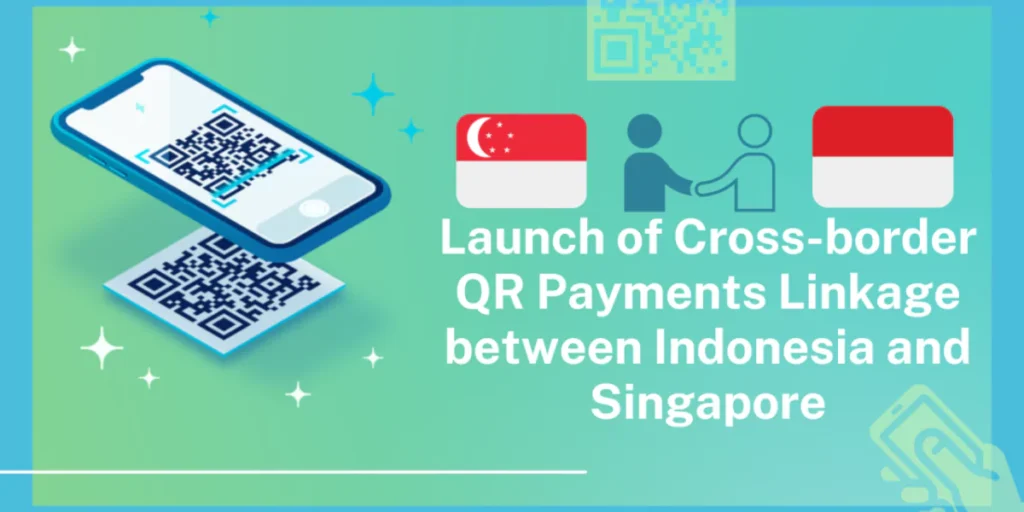
The cross-border quick response (QR) payment linkage between Indonesia and Singapore was formally inaugurated on November 17, 2023, allowing consumers and companies to perform cross-border transactions quickly.
The goal of Bank Indonesia’s and Singapore’s Monetary Authority of Singapore’s collaboration is to advance deeper digital economic integration between Singapore and Indonesia.
This effort aligns with the ASEAN Agreement on Economic Commerce, which establishes guidelines for cross-border e-commerce within the Southeast Asian area and paves the way for a digital economy that is interconnected across regions.
Facilitation and easing of cross-border payments is a key component of the deal.
Furthermore, the numerous tourists that visit each nation will gain from the QR payment linkage. An estimated 1.1 million Indonesians are expected to visit Singapore in the first half of 2023, and 600,000 will arrive from Indonesia in Singapore.
In September 2021, a poll was done in Singapore on customer payment behavior, and among those surveyed, 49% said they have considered using QR Code payment methods. According to the same study, 36% of the consumers polled said they had utilized these payment options in the same year.
Source: Statista
6. Audio House implements QR to ease payments

Retailer Audio House in Singapore has launched a new payment system that allows users to use their banking apps to scan QR Codes and make purchases.
Audio House has implemented the NETS QR payment platform, which allows customers to choose their preferred method of payment at the register and start the payment process by scanning the QR Code shown on the terminal.
The QR platform was created by payments vendor Network for Electronic Transfers of Singapore (NETS), and it is supported by local banking apps DBS PayLah, OCBC’s Pay Anyone, and UOB’s Mighty in addition to NETS’ payment app, NETSPay.
Audio House says there would be no extra costs associated with this payment method, and it was also accessible on its web store. The store carries almost 4,000 goods in stock.
7. Singapore’s unified payments QR
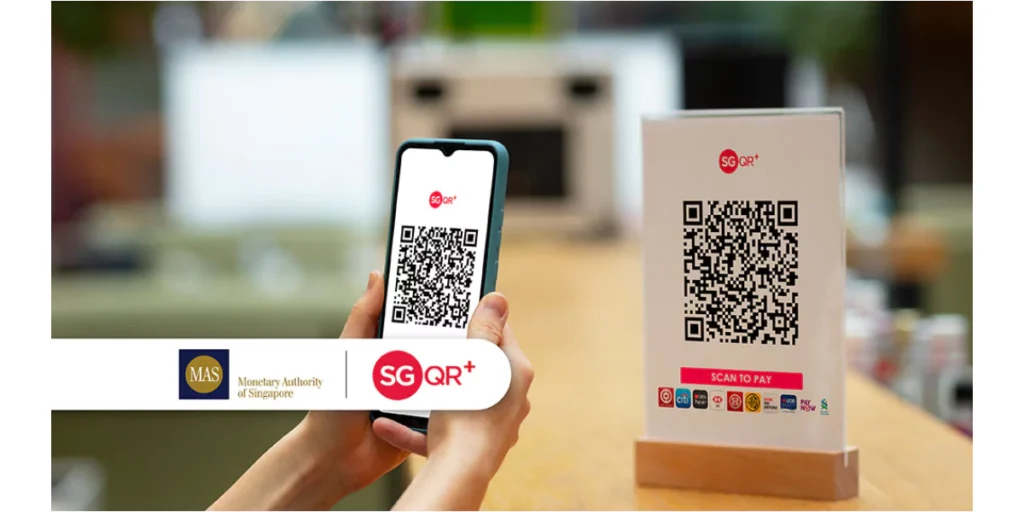
The SGQR+ is a novel idea that the Monetary Authority of Singapore (MAS) has unveiled to modernize Singapore’s QR payments infrastructure going forward.
The next generation of interoperable payments for merchants, known as SGQR+, builds on SGQR and is intended to support the nation’s goal of having a seamless, accessible, and interoperable payments ecosystem.
The interoperable SGQR+ was boldly shown in a Proof of Concept (POC) that took place for the whole month of November 2023, in conjunction with the Singapore Fintech Festival (SFF). This project is a major step in building a QR Code payments system that should facilitate transactions that are easier, safer, and more widely available.
8. Singapore’s PayNow and India’s UPI linked
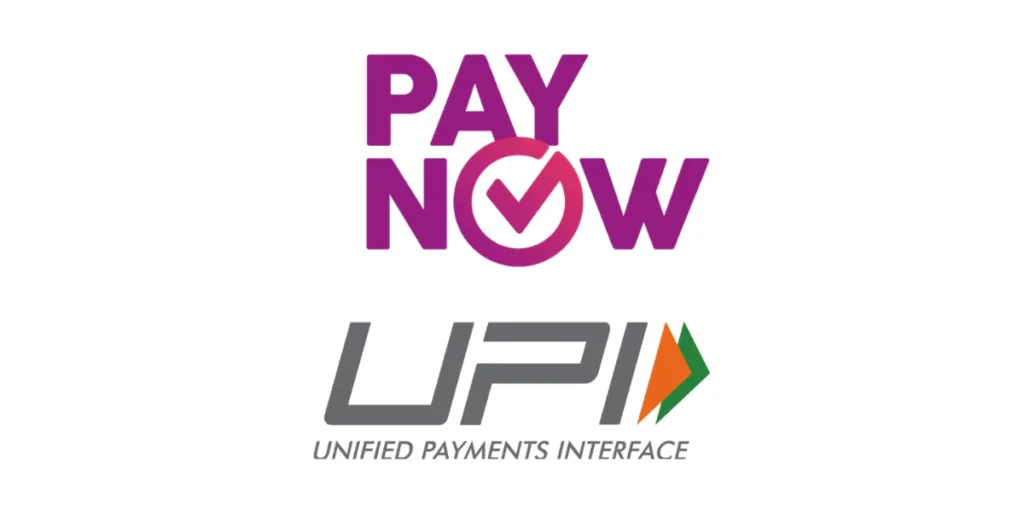
To facilitate quicker remittances between the two nations, India’s real-time retail payment system, Unified Payments Interface (UPI), has been connected to its Singaporean counterpart, PayNow.
With this, users in both nations can transmit money instantly by entering their bank account’s mobile number or by scanning a QR Code.
Residents of Singapore and India can now instantaneously send money to one another via PayNow and UPI thanks to the integration.
Paytm, Google Pay, and other comparable digital payment systems can be used to transfer money in India as part of the project’s round-the-clock cross-border connection. Similar to this, Singaporeans can send money to India via their virtual payment system.
9. Singapore Telecommunications (SingTel)
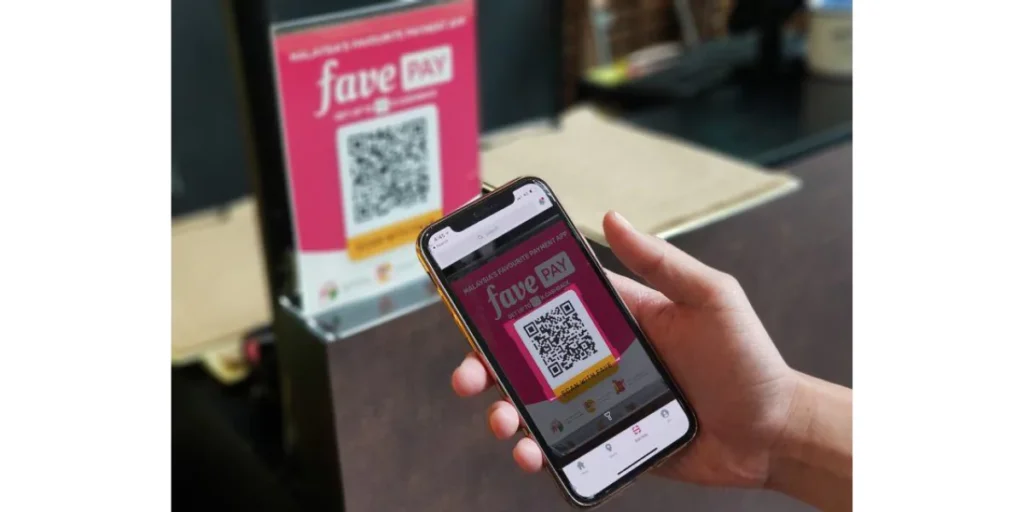
Mobile payments have picked up well in a few years. Singapore decided adoption of QR Codes to fuel cashless drive in 2018.
During the same year, SingTel launched a QR Code-based mobile payment service.
This allows people to use their smartphones to make purchases in the home markets of Singapore and Thailand.
The QR Code payments can be made via SingTel Dash, AIS Global Pay, and Rabbit Line Pay Digital wallets.
The firm is also planning to expand the network to new countries by teaming up with Airtel in India, Globe in the Philippines, and Telkomsel in Indonesia.
Also, Singapore’s two leading banks—DBS and OCBC announced QR Code-based payments in 2017.
10. PayNow Corporate
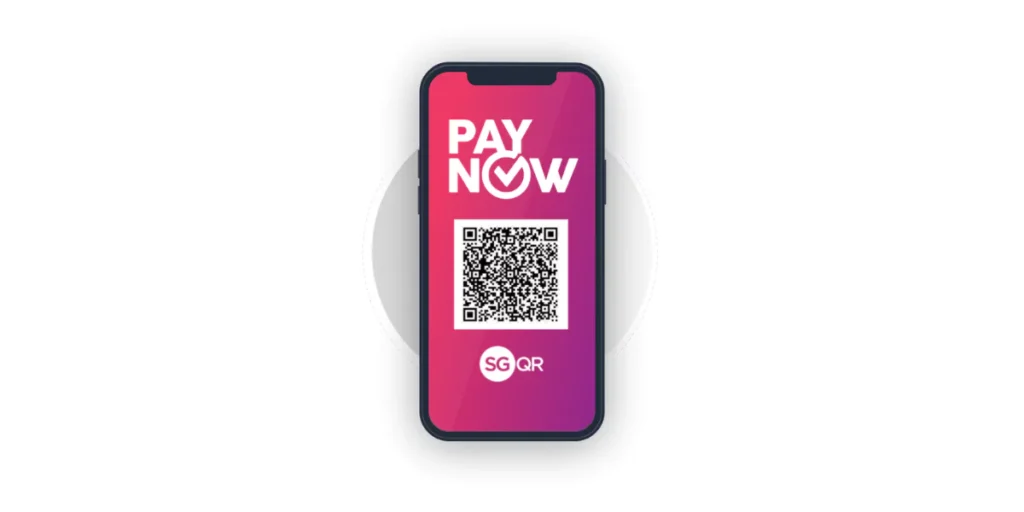
Singapore introduced PayNow Corporate in August 2018, which is a continuation of the PayNow peer-to-peer money transfer service.
PayNow Corporate is a payment processing solution that enterprises, corporations, and the Singapore government can utilize. To make payments, it employs a Unique Entity Number (UEN).
PayNow Corporate streamlines expedites, and lowers the cost of payments.
11. SingPass
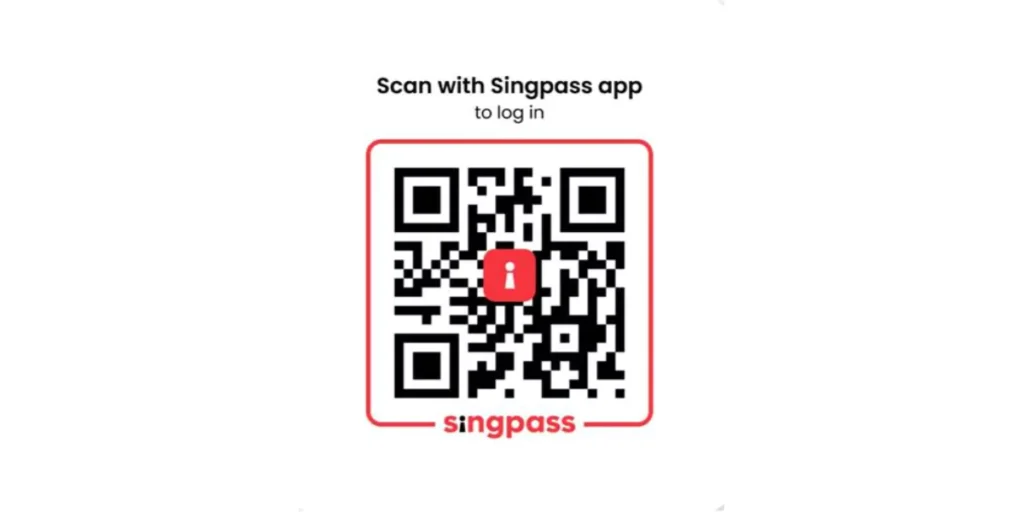
In October 2018, Singapore introduced SignPass Mobile to assist residents with logging into various e-government services.
Users can access e-Government services by scanning their face or fingerprint.
“Since users won’t need to enter passwords to log in, the new SingPass will provide a more convenient login option.” —Kok Ping Soon, Chief Executive, GovTech
SingPass seeks to eliminate the inconvenience associated with password memory.
You can download the SingPass mobile app from the App Store or Google Play.
12. National Library Board (NLB)
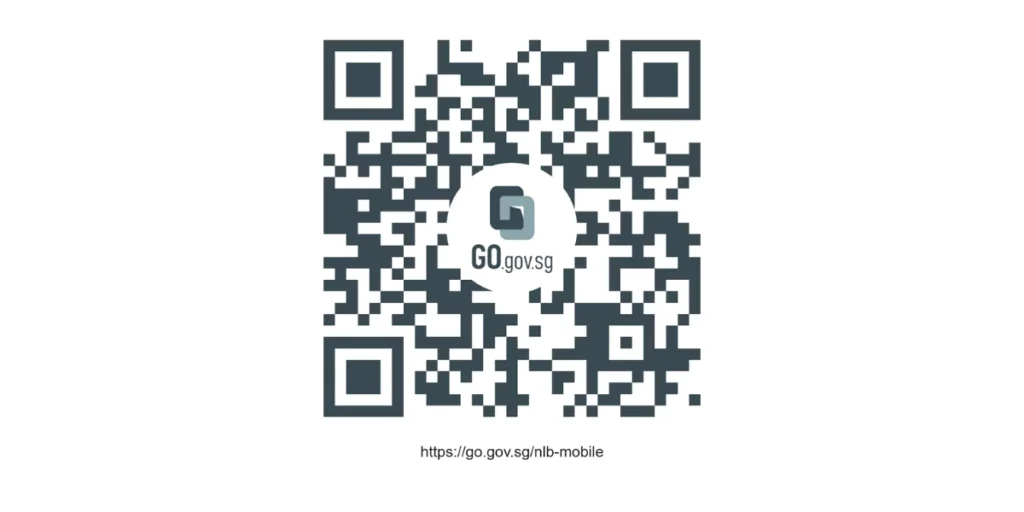
In Oct 2016, Singapore’s NLB launched an app as a part of an initiative to encourage reading.
The app allowed readers to download e-books on the go. To promote this app, the NLB decorated two trains with marketing material that included QR Codes.
The QR Codes linked to a website that listed recommended reads. Readers could scan the QR Code and read book excerpts before they decide to download the app.
13. National University of Singapore
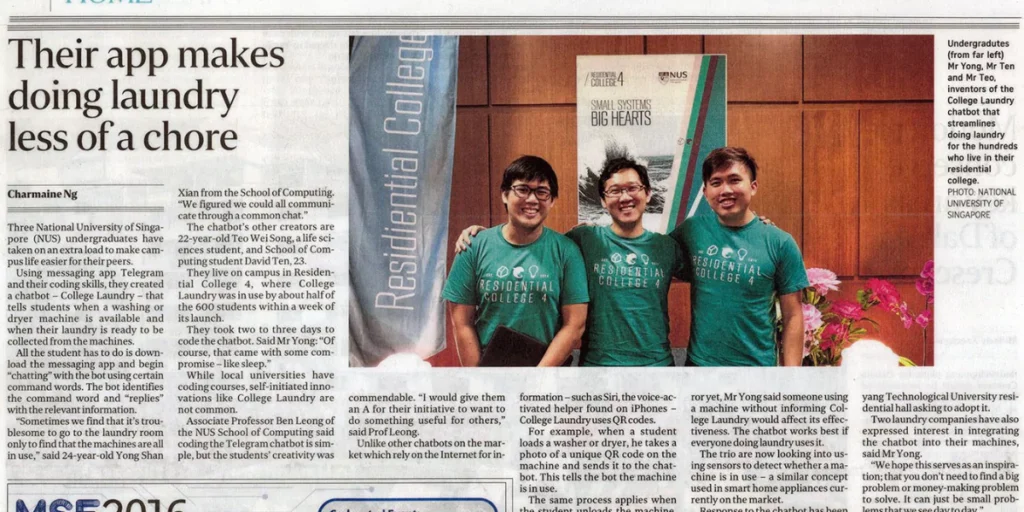
Three NSU students developed a chatbot—College Laundry—to make it easy to do laundry. Devised using the app Telegram and the students’ coding skills, the chatbot allows NSU students to see the status of the washing machines and dryers on campus.
NSU’s washing machines and dryers will each have a unique QR Code posted on their exterior. The students just need to click a picture of the QR Code and share it with the chatbot. This QR Code will help the chatbot identify free and in-use machines.
14. Pet widget
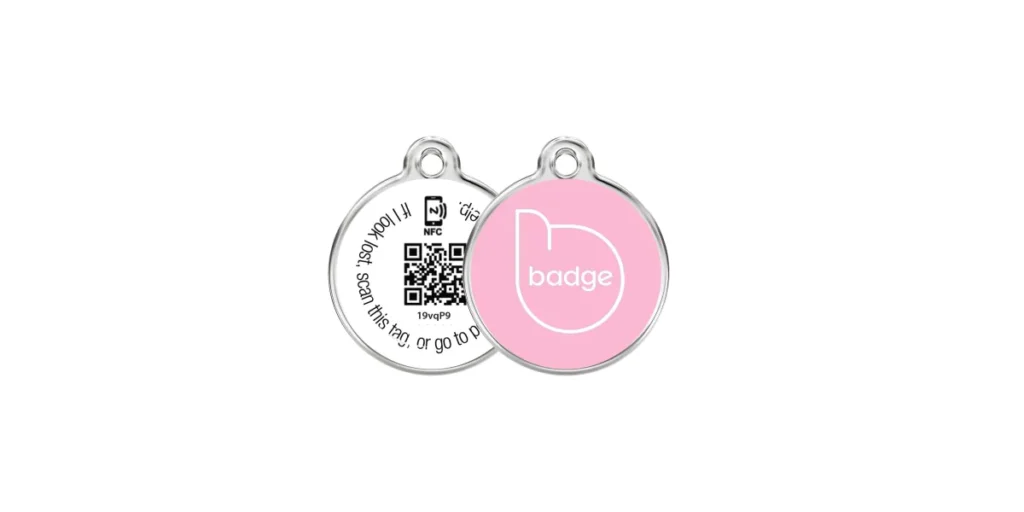
Pet Widget, a community of pet owners, launched Badge, a device that helps people locate their lost pets. Termed ‘the first intelligent pet ID tag of its kind in Singapore’, the device uses NFC and QR Codes.
Owners can attach the device to the pet’s collar. The QR Code on the Badge encodes the owner’s details. In case the pet gets lost, people can scan the QR Code to view details and return the pet to its owner.
Also, when someone scans the QR Code on the Badge, the owners will receive the location of the last scan.
15. Marine Parade Polyclinic
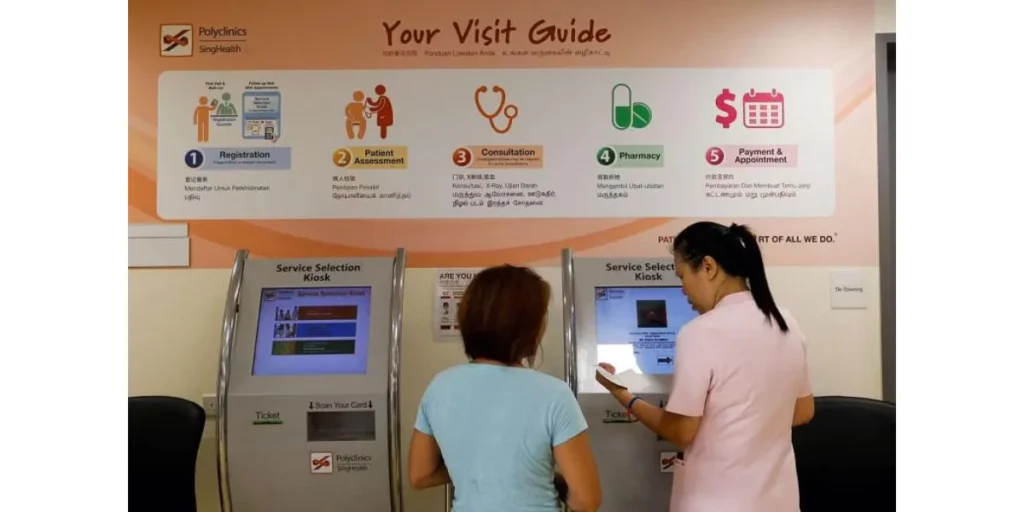
MPP in Singapore has set up Pilbox, a medicine dispenser, which allows patients to collect medicines by scanning a QR Code printed on their receipt.
To use Pilbox, patients have to first sign up in the physician dispensing system at the pharmacy. Once signed up, they can make the payment and schedule a date for the collection.
Summing Up
As we look to the future, it’s evident that QRs will continue to play a significant role in shaping the landscape of commerce, communication, and beyond in Singapore.
If you’re still reading, you’ve learned everything about QR Codes in Singapore. If you have any questions, let us know in the comments.
